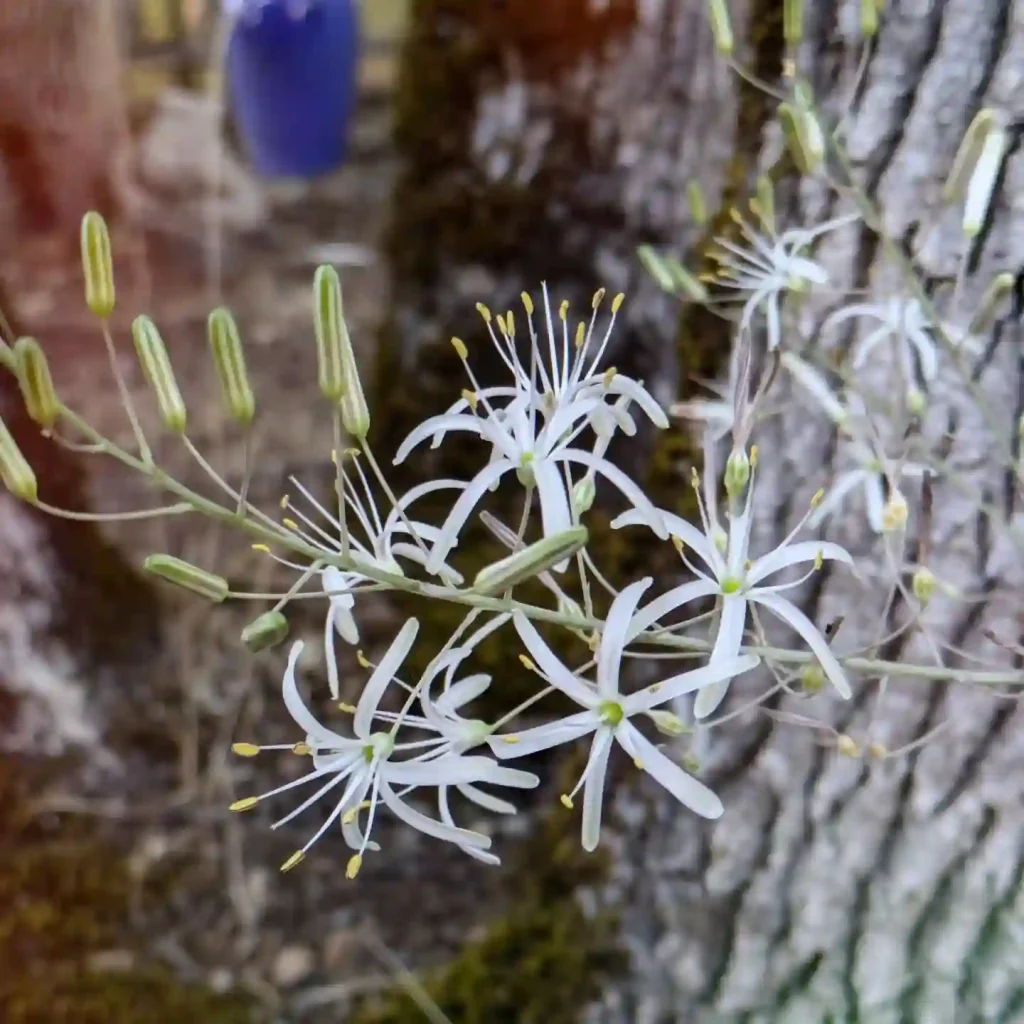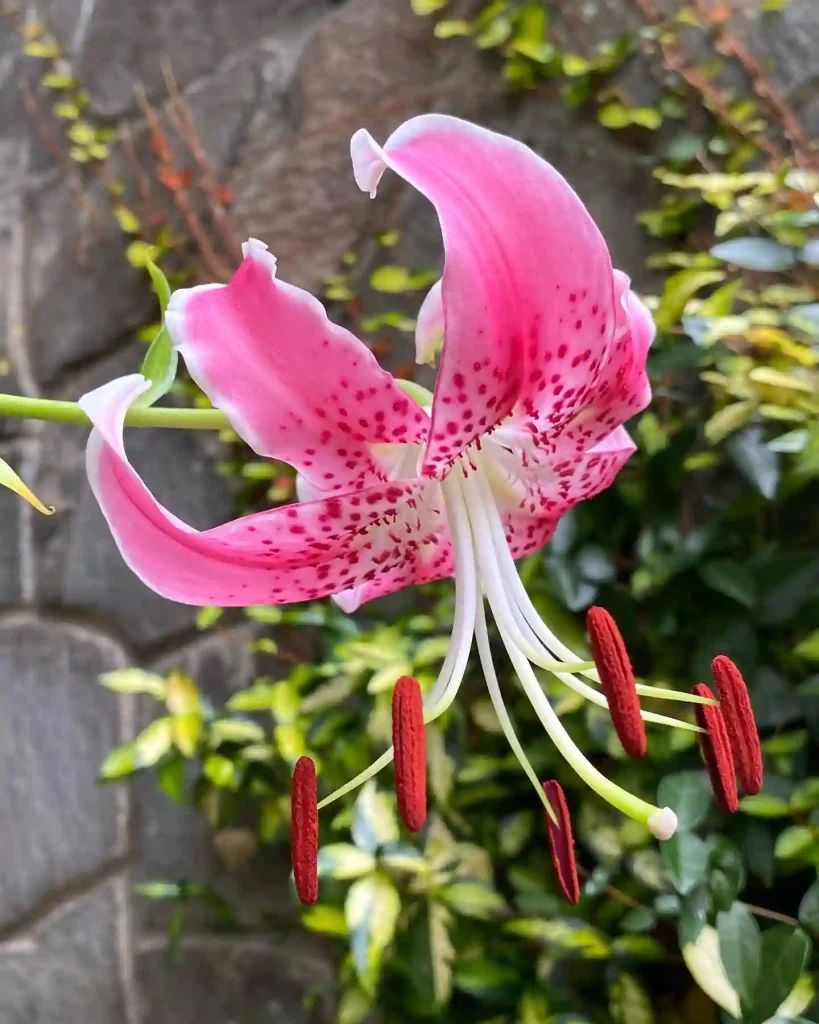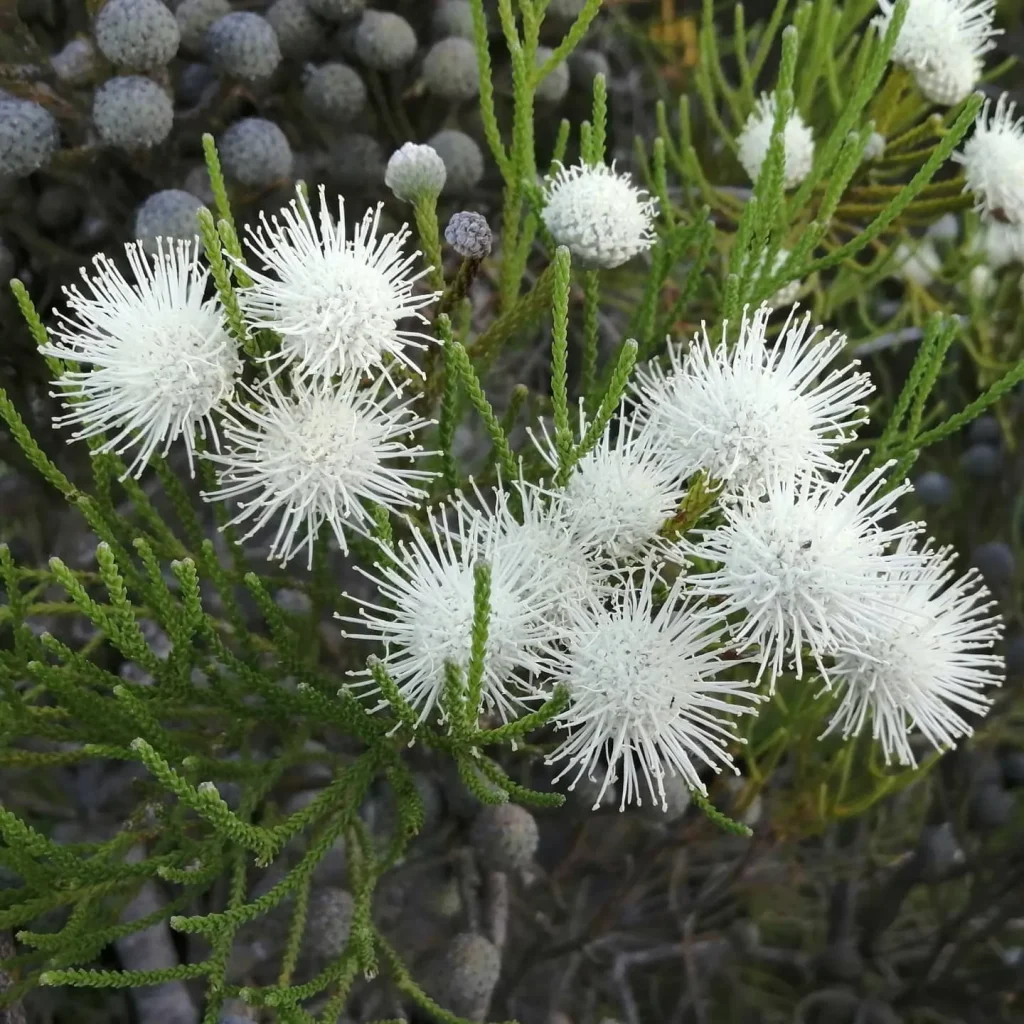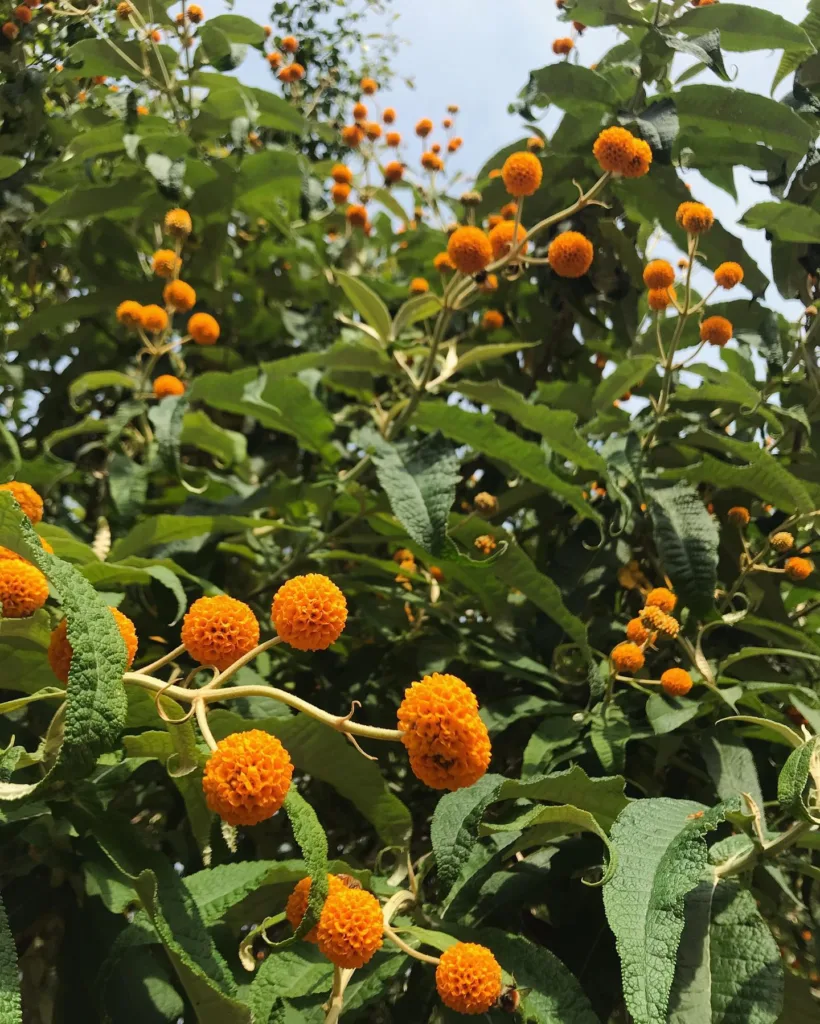What Is Rosa Acicularis?
Rosa Acicularis, commonly known as the Arctic Rose, is a species of wild rose native to the northern regions of North America, including Alaska and Canada. It thrives in harsh environments with cold temperatures and is well-adapted to surviving extreme conditions. This species is recognized for its resilience, making it a popular choice for landscaping in colder climates. The plant typically produces small, fragrant pink to white flowers that bloom in late spring to early summer, followed by small, red hips that persist into the winter.
391 Species in Genus Rosa
How Does Rosa Acicularis Get Energy?
Like all roses, Rosa Acicularis gets its energy primarily through photosynthesis. This process involves absorbing sunlight through its leaves, converting light energy into chemical energy, which fuels the plant’s growth and development. The energy derived from photosynthesis is crucial for Rosa Acicularis as it needs to build reserves to survive the cold winters. Additionally, this plant has adapted to its environment by developing a robust root system that helps it access water and nutrients even in the harshest conditions.
How to Care for Rosa Acicularis?
Caring for Rosa Acicularis involves understanding its needs and the environment it thrives in. Here are some tips:
- Location: Plant Rosa Acicularis in full sun to ensure it receives adequate light. It can tolerate partial shade but performs best with plenty of sunlight.
- Soil: It prefers well-drained soil but can adapt to various soil types. Ensure the soil is not waterlogged as it can lead to root rot.
- Watering: Water the plant regularly during its growing season. Reduce watering in the winter when the plant is dormant.
- Pruning: Prune Rosa Acicularis in late winter or early spring before new growth begins. This helps maintain its shape and remove any dead or diseased wood.
- Fertilizing: Use a balanced fertilizer in early spring to support new growth. Avoid over-fertilizing as it can lead to excessive leaf growth at the expense of flowers.
How to Propagate Rosa Acicularis?
Propagating Rosa Acicularis can be done through several methods:
- Seed: Collect seeds from the hips after they have ripened. Stratify the seeds by placing them in a cold, moist environment for several weeks before planting.
- Cuttings: Take semi-hardwood cuttings in late summer. Dip the cut end in rooting hormone and plant in a well-drained soil mix. Keep the cuttings moist until roots develop.
- Division: In early spring or late fall, divide established plants. Ensure each division has a good root system and replant immediately.
What to Plant With Rosa Acicularis?
Rosa Acicularis pairs well with various plants that complement its rugged nature. Consider planting it alongside:
- Evergreens: Plants like junipers and pines provide year-round greenery and contrast nicely with the rose’s blooms.
- Perennials: Siberian Iris and Daylilies can add color and texture around Rosa Acicularis.
- Ground Covers: Creeping Thyme or Sedum can help with weed control and provide a nice ground layer.
Can You Grow Rosa Acicularis Indoors?
Rosa Acicularis is not typically grown indoors due to its preference for outdoor conditions and its size. It requires a lot of light and space, which can be challenging to provide indoors. If you’re determined to try growing it inside, ensure it gets plenty of light and a cool environment to mimic its natural habitat.
Is Rosa Acicularis Toxic?
Rosa Acicularis is not toxic to humans or pets. Its flowers and leaves are safe, though consuming large quantities of any plant material might cause mild digestive upset. The plant’s red hips, which are the fruit of the rose, are actually edible and are sometimes used in herbal teas or jams.
Benefits of Rosa Acicularis
- Ornamental Value: Rosa Acicularis adds beauty to gardens with its delicate pink to white flowers and vibrant red hips.
- Wildlife Habitat: It provides food and shelter for wildlife, including birds and insects.
- Erosion Control: Its strong root system makes it effective in controlling soil erosion in challenging environments.
Common Problems
- Pests: Aphids and spider mites can sometimes infest Rosa Acicularis. Regular inspection and treatment with appropriate insecticides can help manage these pests.
- Diseases: Watch for signs of fungal diseases like powdery mildew. Ensure proper air circulation and avoid overhead watering to minimize disease risk.
Rosa Acicularis vs Rosa Woodsii
When comparing Rosa Acicularis to Rosa Woodsii (Woods’ Rose), there are a few key differences:
- Habitat: Rosa Woodsii is also native to North America but prefers more varied climates, including the Rocky Mountains and parts of the Great Plains.
- Appearance: Rosa Woodsii generally has larger flowers compared to the smaller blooms of Rosa Acicularis. Additionally, Rosa Woodsii often has a more spreading growth habit, while Rosa Acicularis tends to be more upright and compact.
- Hardiness: Both species are hardy, but Rosa Acicularis is particularly well-suited to the coldest regions, making it more resilient in extreme conditions.
By understanding these aspects of Rosa Acicularis, you can better appreciate its role in your garden and make informed decisions about its care and maintenance.
If i die, water my plants!



